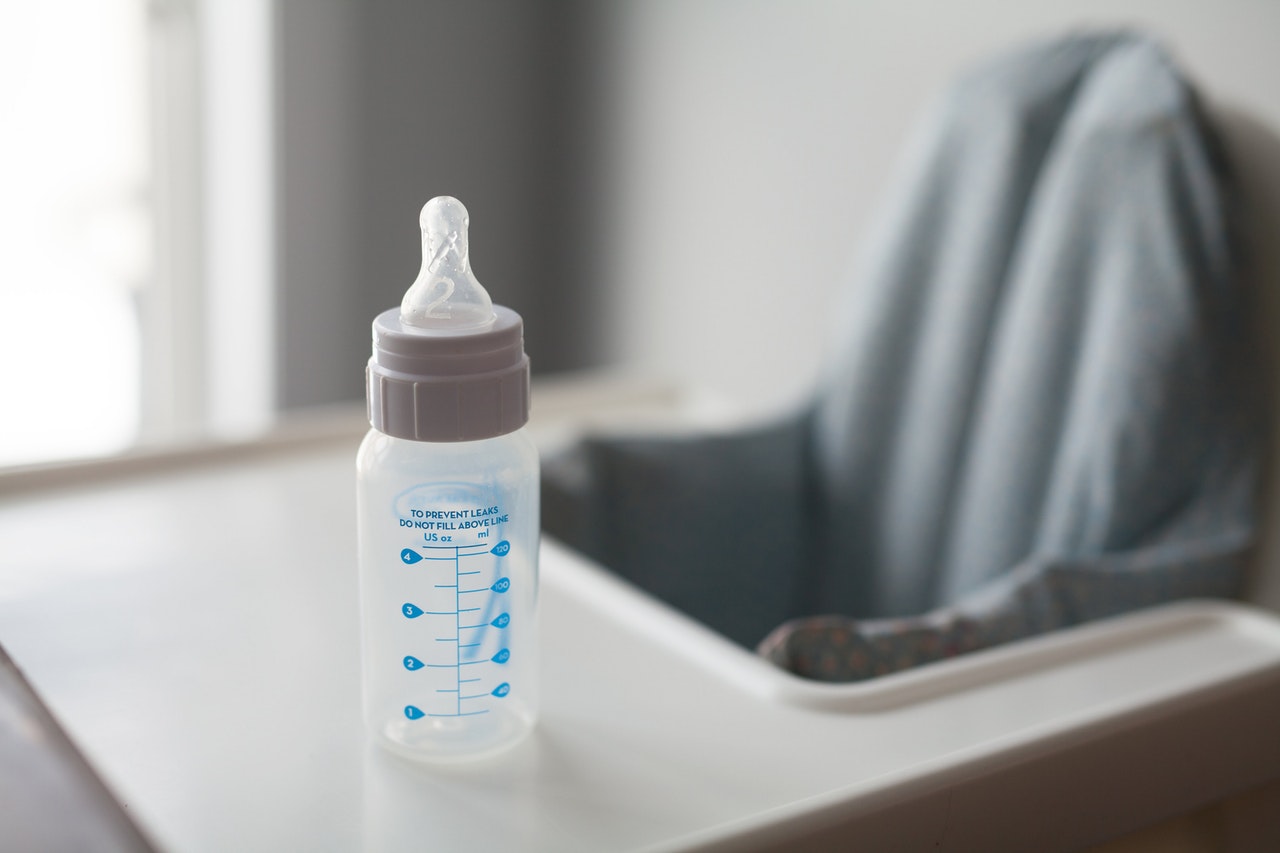If you would want to store breast milk for your young one, you can really take no chances. It really is ‘Breast milk’ pumped from your own breasts, yours and no other. It is referred to as ‘liquid gold’ by many and quite rightly so, it really is. The correct steps have to be taken when adding to your breast milk stash giving consideration to the recommended safety measures and guidelines in regards to storage of breast milk.
To guide through this undertaking, this article will highlight the ‘Do’s and ‘Don’t’s of breast milk storage
Do’s of breast milk storage
1. Label storage bottles
You need to make sure that as you store your breast milk, you correctly label the containers with waterproof ink and labels. The details that you should not leave out are the date and in case your baby attends a daycare, including the baby’s name would be a great idea in order to keep confusion at arms.
2. Wash hands and sanitize bottles
Before you express breast milk and store it, please wash your hands thoroughly with clean soap and water or with a sanitizer with alcohol content. Your breast pump and storage bottles should also be thoroughly clean before pumping. A good choice for breast milk bottles would be hard plastic or glass bottles and container with no BPA.
3. Store milk in portions your baby can eat
You should store milk portions depending on the amount your baby takes. Storing excess amount of breast milk leads to wastage of unused milk which when you come to consider is painful. Do not take chances.
4. Store milk in the fridge for short-term and freezer for long-term
Breast milk that is to be used in the near future is better off heading to the refrigerator. The breast milk should be stored for three to five days in the refrigerator. For long-term purposes however, breast milk can be stored for around three to nine months. A thing to note however is that breast milk stored for long periods of time loses Vitamin C. Breast milk should be stored at the center of the refrigerator or freezer and not at the door to avoid spillage.
5. Chill milk before adding to frozen one
Good news, you can combine breast milk from different sessions but there is a catch, you have to chill the milk that you are about to add. To chill the milk place it in a refrigerator for a considerable amount of time
Don’ts of breast milk storage
1. Don’t store in disposable bottles and plastic bags
After expressing breast milk do not store breast milk in disposable bottles and plastic bags especially those designed for basic household use to repel confusion. Use special bottles and bags specially designated for breast milk. For extra care and safety, place plastics bags in a food storage container with a hard surface and which can be tightly sealed.
2. Do not fill your containers
You might be excited to fill your breast milk containers or bags, but hold your horses. It is recommended that you leave some space at the top of your container. Here is why, liquids like breast milk expand considerably when frozen and might lead to bursting of the bottles or bags.
3. Don’t reheat already warmed milk
Do not attempt to reheat already warmed milk, the reason being that once you rewarm already warmed milk, you increase the risk of bacterial growth in your milk. Instead of rewarming, serve the milk at the next feeding as it is.
4. Do not heat using the microwave
Never ever microwave frozen breast milk to thaw. When you microwave breast milk, hot spots can form in the milk which can lead to severe burns in your baby’s mouth. It has also been proven that after microwaving milk the general composition of the milk changes. To thaw the milk place it in warm water for around 20 minutes. After thawing do not refreeze!
Do not add warm breast milk to frozen breast milk
Adding fresh milk to frozen milk is always advised against. The reason behind this is, due to the temperature difference between the frozen milk and the fresh milk, the fresh milk being warmer will thaw out some parts of the frozen milk leading to the spoilage of milk
